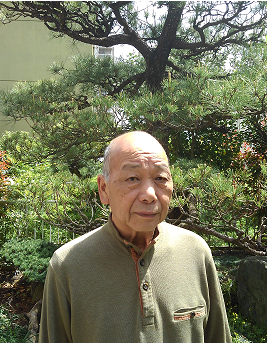Reality of Schrödinger’s Cat
DOI:
https://doi.org/10.14331/ijfps.2023.330158Keywords:
Matter Wave, Diffusion Equation, Schrödinger Equation, Wave Function Collapse, Minimum Time in PhysicsAbstract
The evidence that the probability interpretation is indispensable for the wave function has not been reasonably revealed since the early stages of quantum theory like the topic of Schrödinger’s cat has been discussed from various viewpoints. Recently the Schrödinger equation has reasonably derived from the diffusion equation in accordance with the causality for the Newton mechanics, regardless of the de Broglie’s hypothesis. In the derivation process, the problem of probability interpretation has been reasonably solved in relation to a wave function collapse, and moreover not only the evidence for a micro particle having a wave nature but also the evidence for validity of the de Broglie’s hypothesis itself has been theoretically revealed. Further, the other fundamental problems having been unsolved for a long time are also reasonably solved. For example, it is theoretically revealed that such a single composite particle as a cluster molecule has a wave nature when it is composed of atoms smaller than about 770 numbers.
Downloads
References
Arndt, M., Nairz, O., Vos-Andreae, J., Keller, C., Van der Zouw, G., & Zeilinger, A. J. n. (1999). Wave–particle duality of C60 molecules. 401(6754), 680-682.
Balmer, J. J. (1885). Notiz über die Spectrallinien des Wasserstoffs. Annalen der Physik, 261(5), 80-87.
Bohr, N. (1913). I. On the constitution of atoms and molecules. The London, Edinburgh,Dublin Philosophical Magazine Journal of Science, 26(151), 1-25.
Caldirola, P. (1980). The introduction of the chronon in the electron theory and a charged-lepton mass formula. Lettere al Nuovo Cimento, 27(8), 225-228.
De Broglie, L. J. N. (1923). Waves and quanta. 112(2815), 540-540.
Fick, A. (1855). V. On liquid diffusion. The London, Edinburgh,
Dublin Philosophical Magazine
Journal of Science, 10(63), 30-39.
Fourier, J. B. J. (1822). Théorie analytique de la chaleur: Firmin Didot.
Lévi, R. (1927). Théorie de l'action universelle et discontinue. J. Phys. Radium, 8(4), 182-198.
Markov, A. A. (1960). The theory of algorithms. Am. Math. Soc. Transl, 15, 1-14.
Okino, T. (2013). Correlation between diffusion equation and Schrödinger equation.
Okino, T. (2015). Mathematical physics in diffusion problems. Journal of Modern Physics, 6(14), 2109.
Okino, T. (2022). Remarkable Findings in Fundamental Theory of Quantum Mechanics—Matter Wave and Discrete Time in Physics. Journal of Modern Physics, 13(2), 256-266.
Schrodinger, E. (1926). Quantisierung als Eigenwertproblem. Ann. Phys, 79, 361-376.
Shimizu, F. (2001). Specular reflection of very slow metastable neon atoms from a solid surface. Physical Review Letters, 86(6), 987.
Thomson, G. P. R., Alexander. (1927). Diffraction of cathode rays by a thin film. Nature, 119(3007), 890-890.

Published
How to Cite
Issue
Section
License
Copyright (c) 2023 Fundamental Journals

This work is licensed under a Creative Commons Attribution-NonCommercial 4.0 International License.











